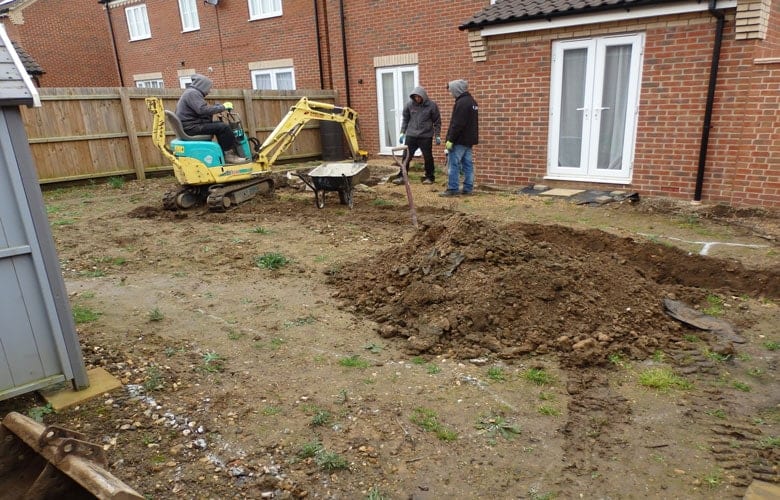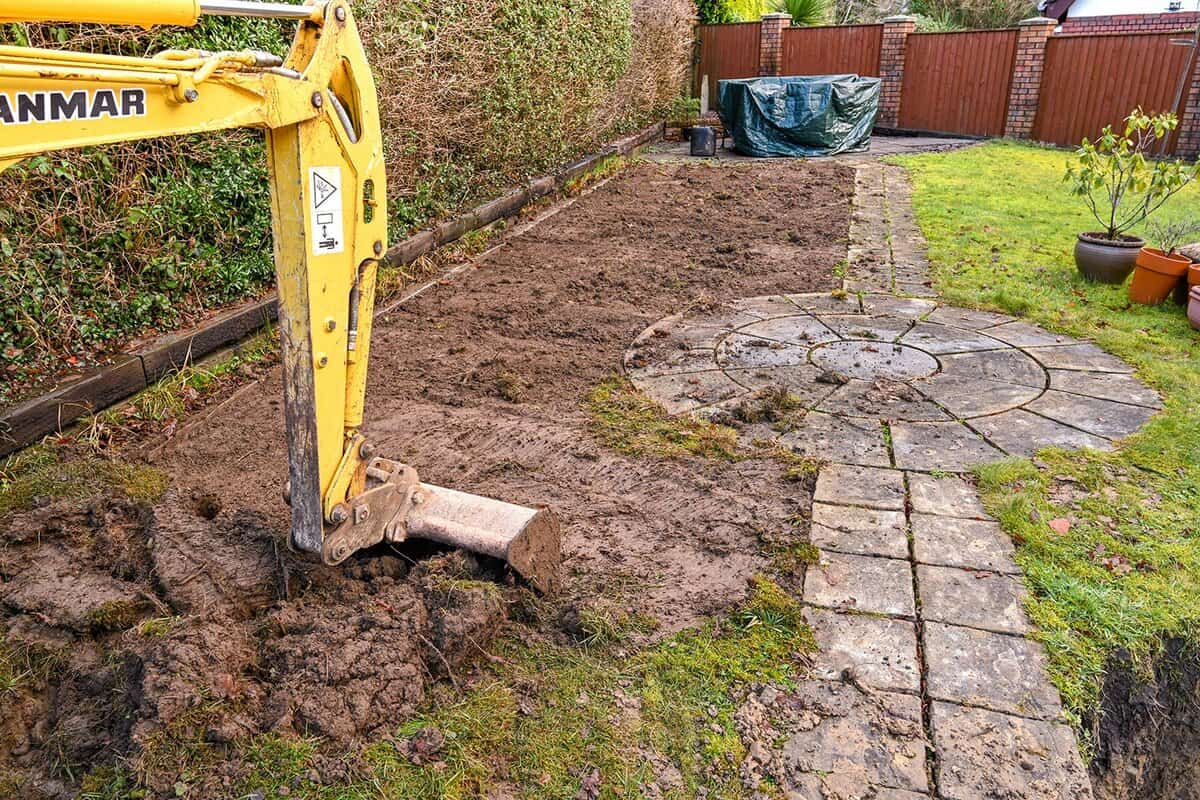
Waterlogged gardens are a common frustration for many homeowners. When heavy rains or poor drainage conditions lead to water pooling in your garden, it can create a range of problems—from drowning plants to attracting pests and promoting diseases like root rot. Fortunately, there are several effective solutions to help manage waterlogged garden solutions issues and restore your yard’s health. Here’s how to solve your drainage problems and keep your garden thriving.
Why Is Your Garden Waterlogged?
Before tackling drainage issues, it’s important to understand what’s causing the water to accumulate. Common reasons include:
- Poor Soil Drainage: Heavy, clayey, or compacted soils struggle to allow water to pass through.
- Heavy Rainfall: Excessive rain can overwhelm the soil’s natural drainage capacity, leading to puddles.
- Low-Lying Areas: Gardens situated in depressions or at the bottom of slopes tend to collect water naturally.
- Blocked Drainage Systems: Clogged or damaged drains may not be able to carry away excess water.
Understanding the root cause of your waterlogging will help determine the most effective solution for your garden.
Top Solutions for Fixing a Waterlogged Garden
- Improve Soil Drainage with Organic Matter
- How It Works: Clay-heavy and compacted soil traps water, preventing it from draining properly. By adding organic matter like compost, manure, or leaf mold, you can improve the soil’s structure, making it more porous and better able to absorb water.
- Solution: Mix organic material into the soil to create more space between particles and enhance drainage.
- How to Apply: Spread a 2-3 inch layer of compost or organic mulch across your garden beds and mix it into the soil. This will help break up the compacted layers and allow water to flow through more freely.
- Install a French Drain
- How It Works: A French drain is a trench filled with gravel and a perforated pipe that collects excess water and redirects it away from your garden. It’s particularly useful for areas where water tends to pool or where surface drainage is poor.
- Solution: A French drain can effectively capture and direct water away from waterlogged areas.
- How to Apply: Dig a trench along the waterlogged area, place a perforated pipe inside, and fill the trench with gravel. This will allow water to flow into the pipe and be redirected to a better drainage area, such as a soakaway or storm drain.
- Create a Soakaway
- How It Works: A soakaway is an underground pit designed to absorb excess water and allow it to seep into the surrounding soil gradually. It’s ideal for preventing surface water buildup.
- Solution: Soakaways are particularly helpful in areas where water naturally accumulates and there’s no obvious way for the water to drain away.
- How to Apply: Dig a hole about 3 feet deep and wide, fill it with gravel, and cover it with soil. This will allow water to enter the pit and drain away slowly, preventing surface flooding.

- Use Raised Garden Beds
- How It Works: Raised garden beds elevate plants above the waterlogged soil, improving drainage around the roots and reducing the risk of root rot. They also allow you to create your own soil mix with better drainage properties.
- Solution: Raised beds are an effective way to keep your plants safe from excess water while still providing them with healthy soil.
- How to Apply: Build raised beds using wood, stone, or other materials, and fill them with a well-draining soil mix. The height of the bed ensures that water stays away from plant roots, and the soil will dry out more quickly after rainfall.
- Regrade Your Garden
- How It Works: Sometimes, the problem of waterlogging is due to improper land grading. A flat garden or a garden with low spots will naturally collect water. Regrading involves reshaping the land so that water flows away from plant beds.
- Solution: Regrading the garden allows water to flow towards designated drainage points, preventing pooling and flooding.
- How to Apply: Use a shovel, rake, or hire a landscaper to create a gentle slope in your garden. Ensure that water is directed toward a drainage area, such as a storm drain, soakaway, or a path with permeable paving.
- Install Surface Drains or Channels
- How It Works: Surface drains or swales are designed to capture and redirect surface water that can cause flooding or waterlogging. These drainage systems work by channeling water away from key areas in your garden.
- Solution: Surface drains are ideal for dealing with runoff water from heavy rainfall or melting snow.
- How to Apply: Dig shallow channels or install trench drains around the areas that accumulate water. Fill them with gravel or install a perforated pipe to collect water and direct it to a drainage point.
- Use Permeable Paving
- How It Works: If you have paths or driveways in your garden, replacing impermeable surfaces (like concrete or asphalt) with permeable paving can significantly reduce water runoff. Permeable materials allow water to filter through and seep into the ground, preventing pooling.
- Solution: Permeable paving is an easy way to reduce surface runoff and improve drainage in paved areas.
- How to Apply: Replace traditional paving with materials like gravel, porous concrete, or paving stones with gaps that allow water to pass through.
- Install Gutter Extensions
- How It Works: Your roof’s gutter system plays a major role in water drainage. However, if the downspouts aren’t long enough or are poorly positioned, water may spill over and pool around your garden, contributing to waterlogging.
- Solution: Installing gutter extensions helps direct water away from garden beds and prevents localized flooding.
- How to Apply: Attach extensions to your downspouts and extend them away from your garden, directing rainwater to a drainage system or lawn area that can handle it.
- Plant a Rain Garden
- How It Works: A rain garden is specifically designed to capture and absorb rainwater runoff. These gardens feature water-tolerant plants that help filter and absorb excess water, while also adding beauty to your landscape.
- Solution: Rain gardens are particularly useful for managing runoff from roofs, driveways, and patios.
- How to Apply: Choose a low-lying area in your garden, dig a shallow depression, and plant native, water-loving plants like iris or sedge. The garden will naturally collect and filter runoff water.
- Aerate Your Lawn
- How It Works: Compacted soil prevents water from draining properly, leading to waterlogging. Aerating your lawn or garden loosens the soil, allowing water to pass through more easily.
- Solution: Aeration improves drainage by creating small holes in the soil that allow water to penetrate deeper, reducing surface water accumulation.
- How to Apply: Use a garden fork or aerator tool to create holes in the lawn or garden. Focus on areas with heavy foot traffic or where water tends to pool.
Final Thoughts
Waterlogging in your garden can be a challenging problem, but it’s one that can be solved with the right drainage solutions. Whether it’s improving soil drainage, installing a French drain, or using raised beds, these methods will help you tackle waterlogging and ensure that your garden remains healthy and vibrant. Addressing your garden’s drainage needs today will not only prevent waterlogging, but also promote better plant health and enhance the beauty of your outdoor space for years to come.
